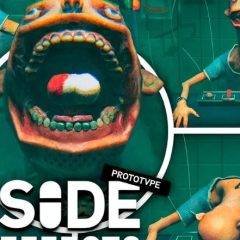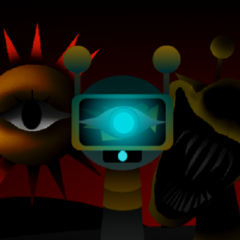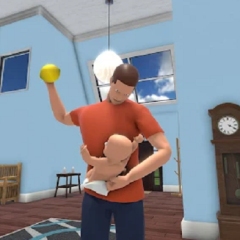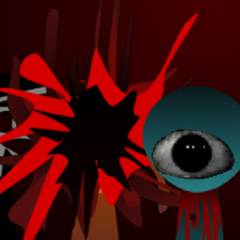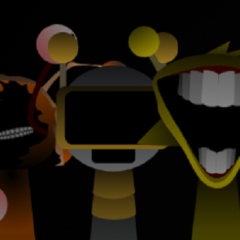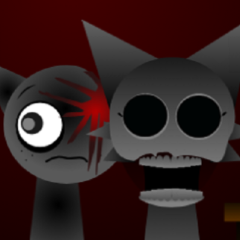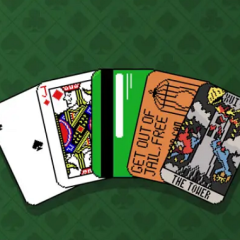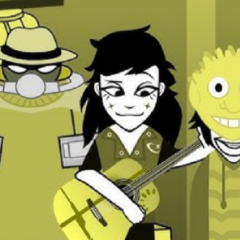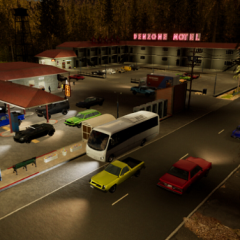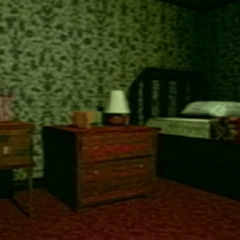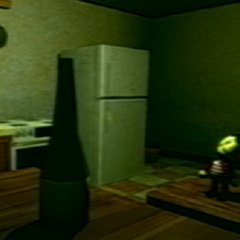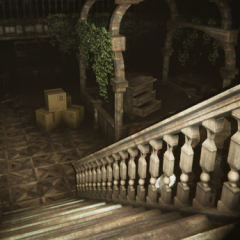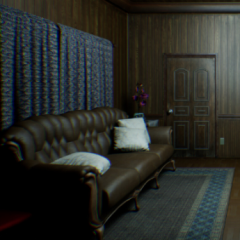Gameplay Mechanics and Daily Routine
The game is structured around a day-night cycle, with each day presenting new events, challenges, and discoveries. The player can interact with objects, explore the apartment, and decide when or whether to take the prescribed medication. These choices affect the environment and the narrative, with different outcomes based on how the player responds to the character’s symptoms and surroundings.
Decision-Making and Consequences
The core experience focuses on decision-making under pressure. Skipping pills may bring clarity or chaos, while taking them may hide truths or distort reality. The player must observe changes carefully and decide what is real and what is imagined. As the game progresses, more parts of the apartment become accessible, revealing connections between memories, actions, and outcomes.
Main gameplay elements include:
- Managing medication and observing effects
- Exploring confined spaces with changing layouts
- Unlocking memories through interaction
- Navigating hallucinations and real threats
- Experiencing branching storylines
- Facing multiple endings based on choices
- Immersive audio-visual feedback tied to mental state
Psychological Themes and Story Unfolding
The narrative deals with themes of isolation, guilt, and identity. Rather than traditional jump scares, the game uses subtle shifts in sound, lighting, and behavior to create tension. Clues to the main story are hidden in dialogue fragments, environmental details, and how characters respond to the player’s actions. The pacing encourages slow exploration and attention to detail, rewarding careful observation.
Side Effects creates a tense and personal experience by placing the player inside the mind of a character losing control. Through its minimalist setting and branching choices, the game offers a focused psychological journey. Each decision has weight, and the environment reflects the internal struggle, making each playthrough feel distinct and meaningful.

